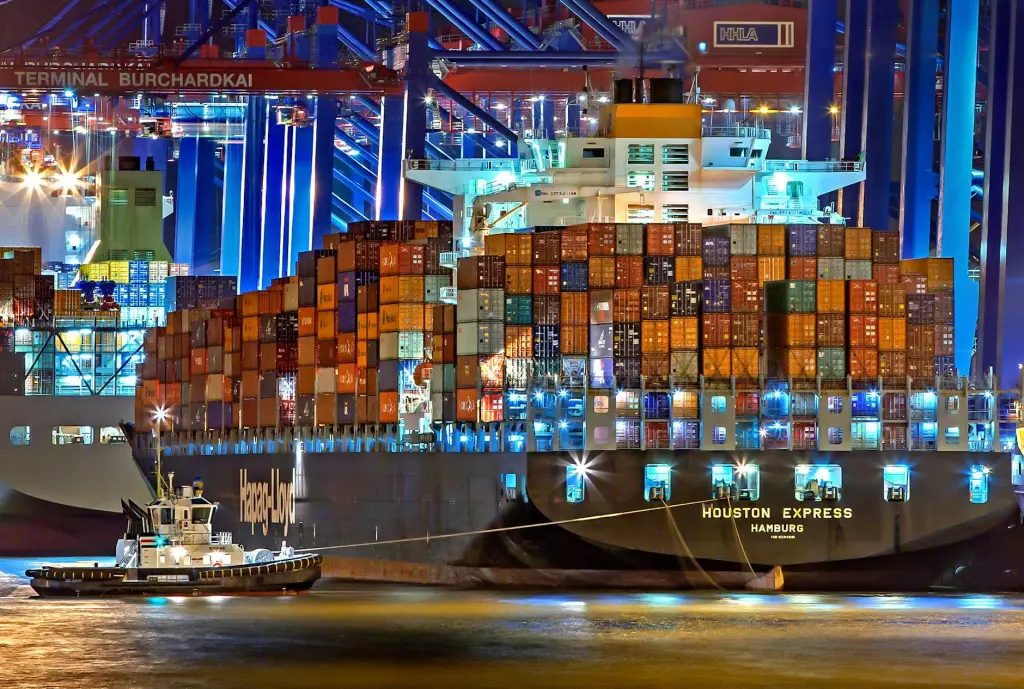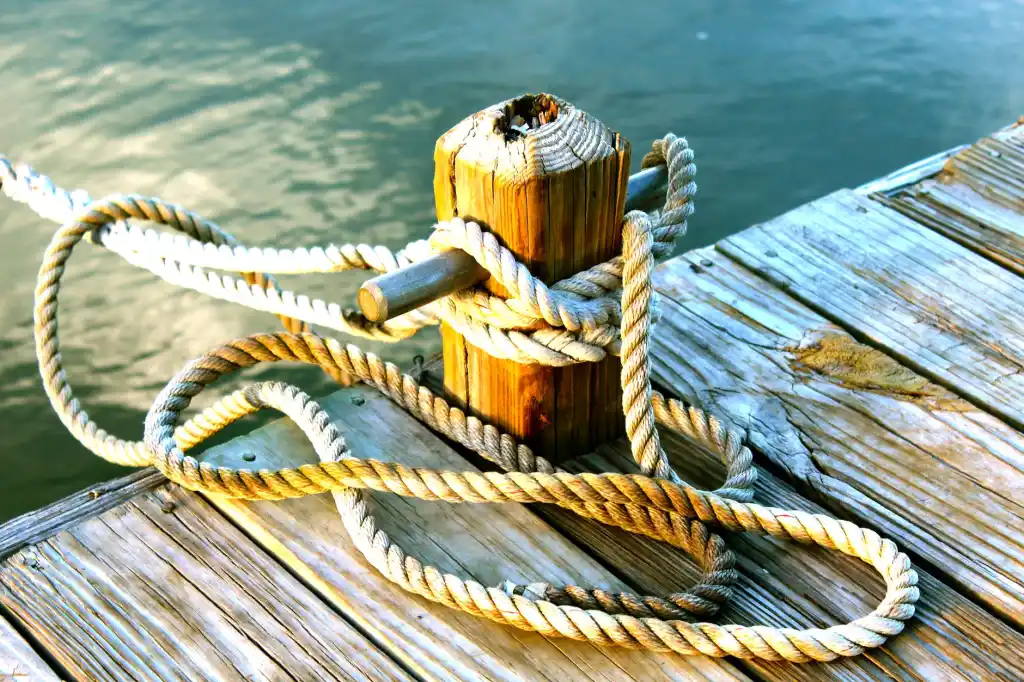Nestled within the bustling ports and harbors of coastal cities worldwide, longshoremen play a pivotal role in the global supply chain, ensuring the smooth and efficient movement of goods from ships to shore. Despite their often overlooked presence, these skilled workers are the backbone of maritime commerce, facilitating trade and commerce on a massive scale. In this comprehensive article, we delve into the multifaceted world of longshoremen, shedding light on their diverse duties, the challenges they face, and the indispensable contributions they make to the global economy.
Understanding the Longshoreman’s Role
At its core, the job of a longshoreman revolves around the loading and unloading of cargo vessels, a task that requires precision, coordination, and physical prowess. Longshoremen work in teams known as gangs, each specializing in specific aspects of cargo handling, such as crane operation, container stacking, and cargo lashing.
- Cargo Handling Operations
The primary responsibility of longshoremen is to transfer cargo between ships and docks using a variety of equipment and machinery. This process involves carefully unloading containers from ships using cranes or gantry systems and transporting them to designated storage areas on the dock. Conversely, when loading cargo onto ships, longshoremen must ensure that containers are securely stowed to prevent shifting during transit.
- Equipment Operation
Longshoremen are proficient in operating a wide range of heavy machinery, including cranes, forklifts, and straddle carriers. These machines play a crucial role in the efficient movement of cargo, allowing longshoremen to handle large volumes of freight with speed and precision. Proper training and adherence to safety protocols are essential to ensure the smooth operation of this equipment.
- Cargo Securing and Lashing
Securing cargo on ships is a critical aspect of maritime operations, as improperly stowed cargo can pose safety risks and cause damage during transit. Longshoremen are responsible for inspecting cargo, ensuring it is properly lashed and secured using chains, straps, or twist locks. This meticulous process requires attention to detail and a thorough understanding of cargo handling procedures.
- Safety and Compliance
Safety is paramount in the maritime industry, and longshoremen play a vital role in maintaining a safe working environment. They undergo extensive training in occupational safety practices and must adhere to strict safety regulations to prevent accidents and injuries. Longshoremen are also responsible for enforcing safety protocols among their crew members and reporting any hazards or safety concerns to management.
Challenges and Opportunities in the Longshore Industry
While the job of a longshoreman offers a unique blend of physicality, skill, and camaraderie, it is not without its challenges. The maritime industry is inherently volatile, influenced by factors such as fluctuating demand, labor disputes, and technological advancements. Longshoremen must adapt to changing conditions and navigate complex logistical challenges to ensure the efficient movement of goods.
- Automation and Technological Advancements
The advent of automation and robotics in port operations has transformed the maritime industry, streamlining cargo handling processes and increasing efficiency. While these advancements offer opportunities for greater productivity, they also pose challenges for longshoremen, as they may lead to job displacement and changes in traditional work roles. Longshoremen must embrace new technologies and acquire the skills necessary to remain competitive in a rapidly evolving industry.
- Labor Relations and Collective Bargaining
Labor relations play a significant role in the longshore industry, with unions representing the interests of workers and negotiating labor agreements with port operators and shipping companies. Collective bargaining agreements govern various aspects of longshore work, including wages, benefits, and working conditions. Longshoremen rely on strong union representation to advocate for their rights and ensure fair treatment in the workplace.
- Environmental Sustainability
As awareness of environmental issues grows, the maritime industry faces increasing pressure to adopt sustainable practices and reduce its carbon footprint. Longshoremen are at the forefront of these efforts, implementing measures to minimize pollution, conserve energy, and promote eco-friendly practices in port operations. From implementing shore power systems to reducing emissions from cargo handling equipment, longshoremen play a vital role in advancing environmental sustainability in the maritime sector.
The Unsung Heroes of Global Commerce
In conclusion, longshoremen are the unsung heroes of global commerce, working tirelessly behind the scenes to keep the wheels of international trade turning. From loading and unloading cargo to ensuring safety and compliance, their contributions are indispensable to the smooth functioning of port operations. Despite the challenges they face, longshoremen embody resilience, adaptability, and a steadfast commitment to their craft. As the maritime industry continues to evolve, longshoremen will remain at the forefront of innovation, driving progress and shaping the future of global logistics.






Leave a comment